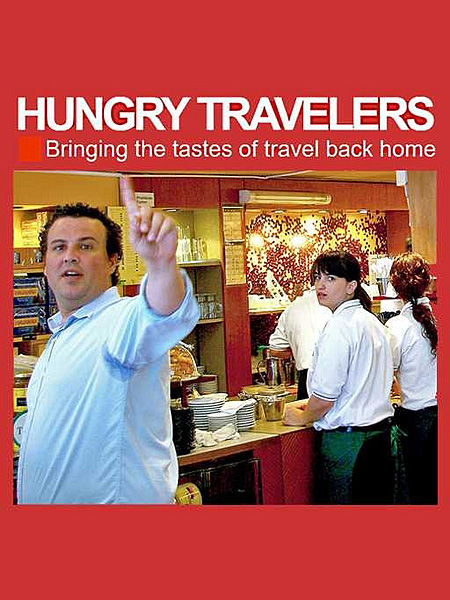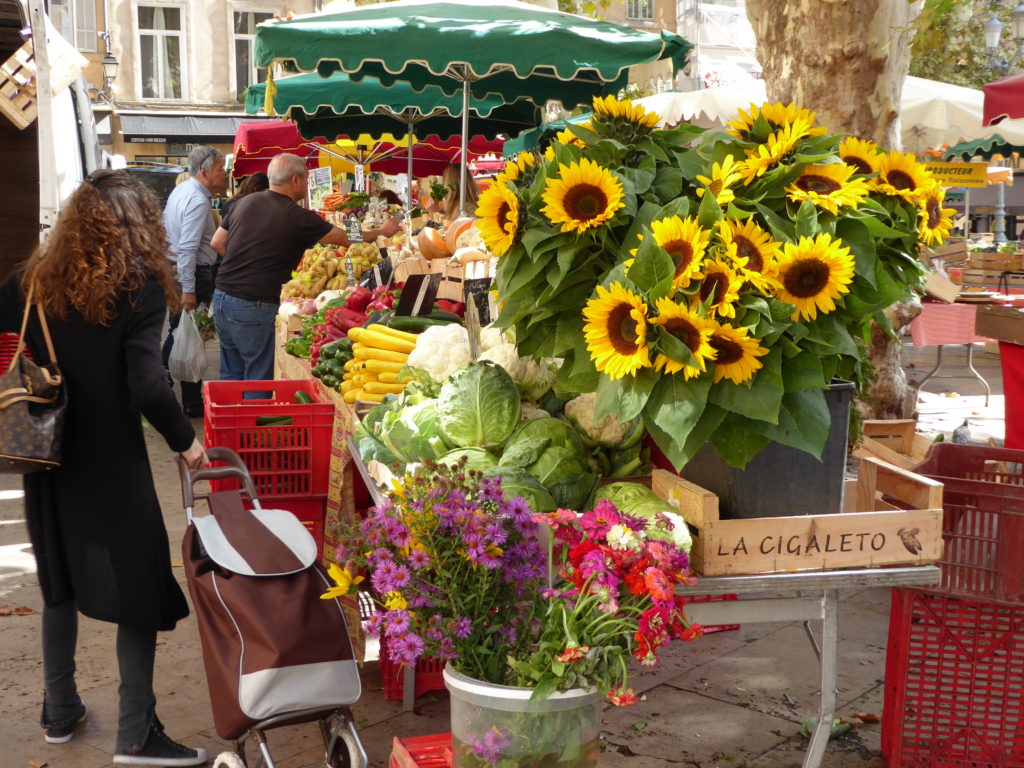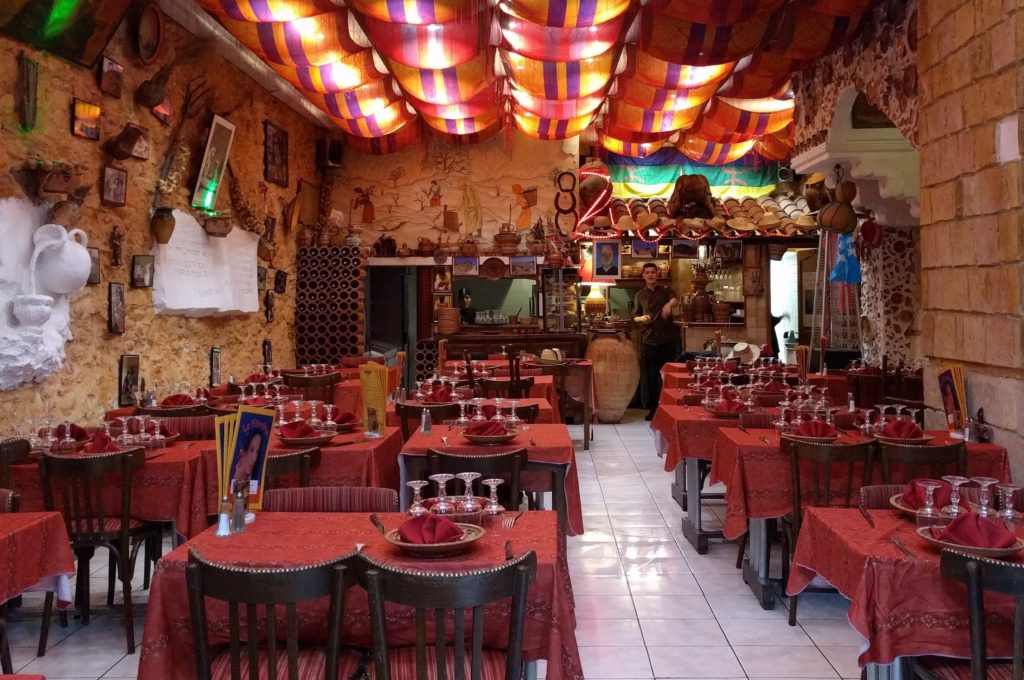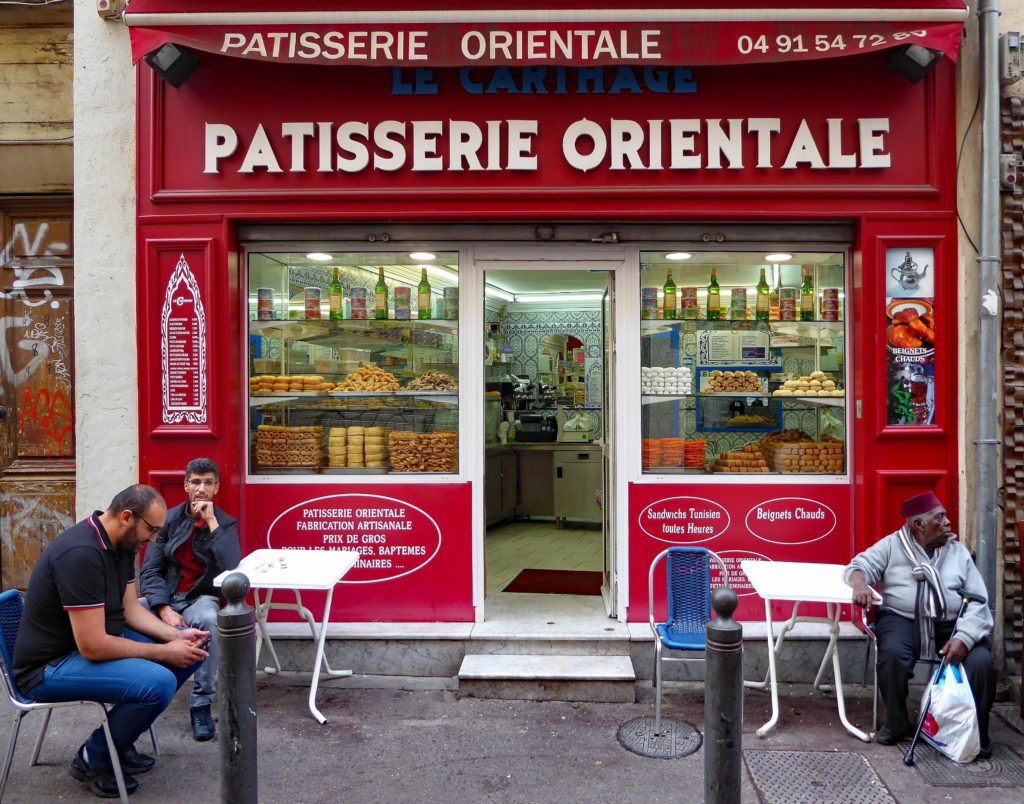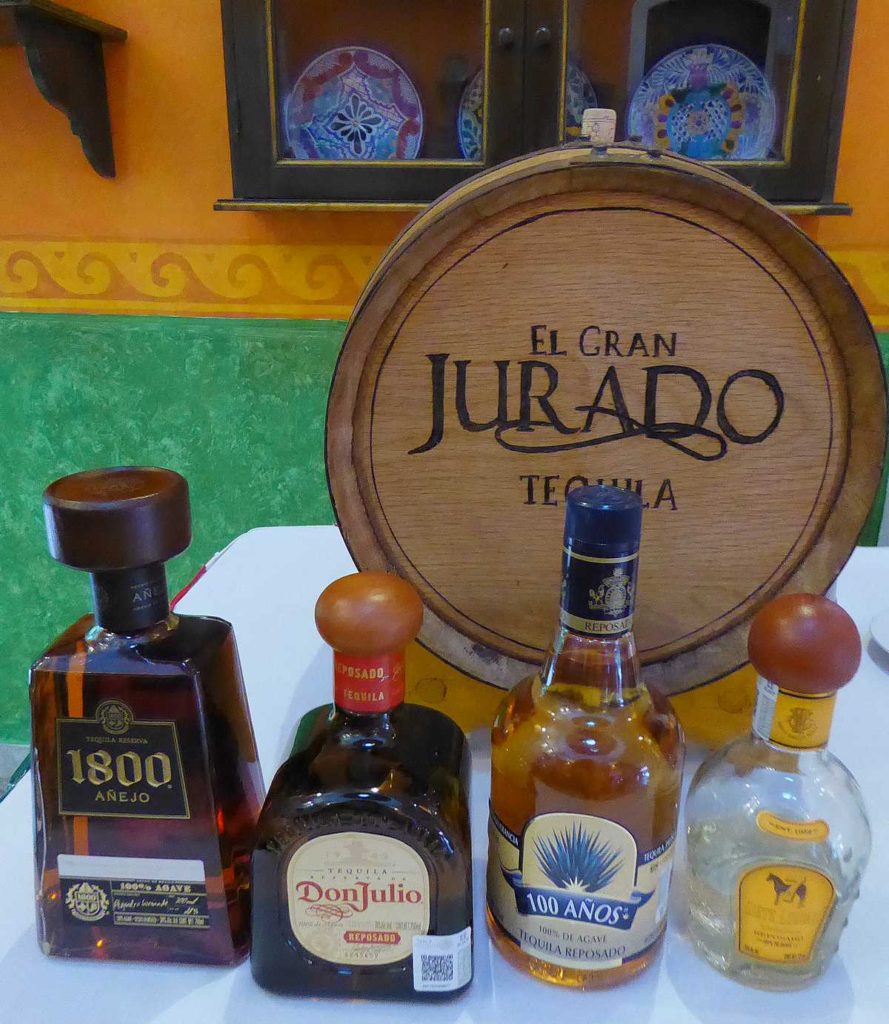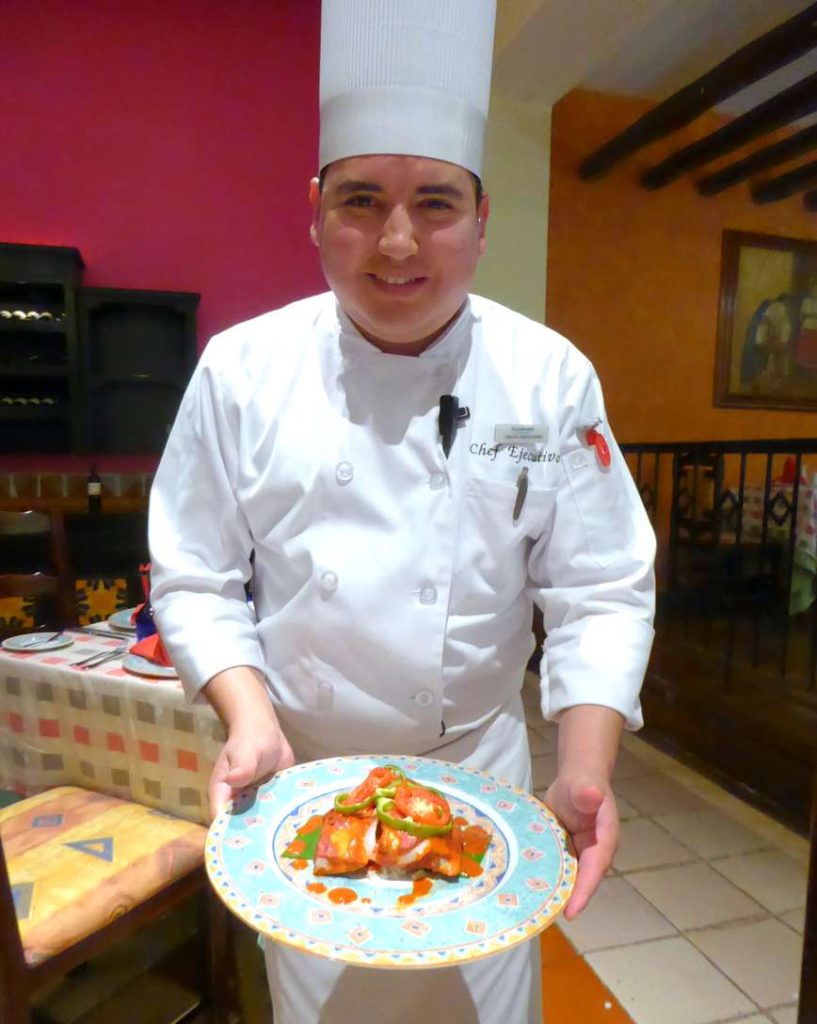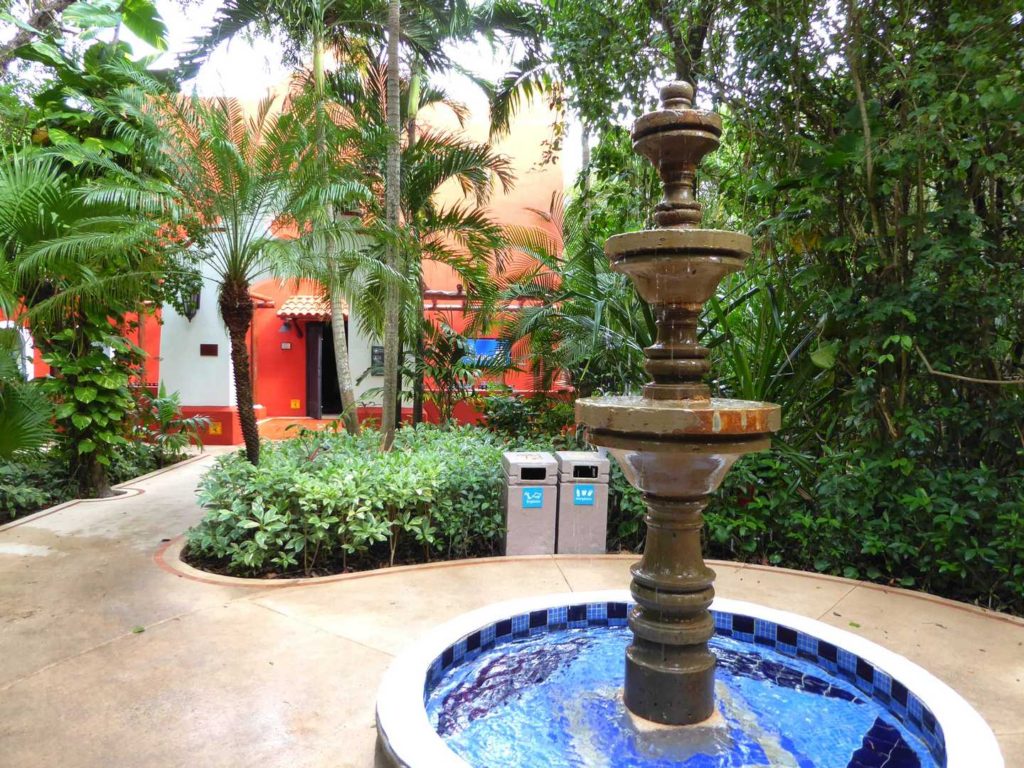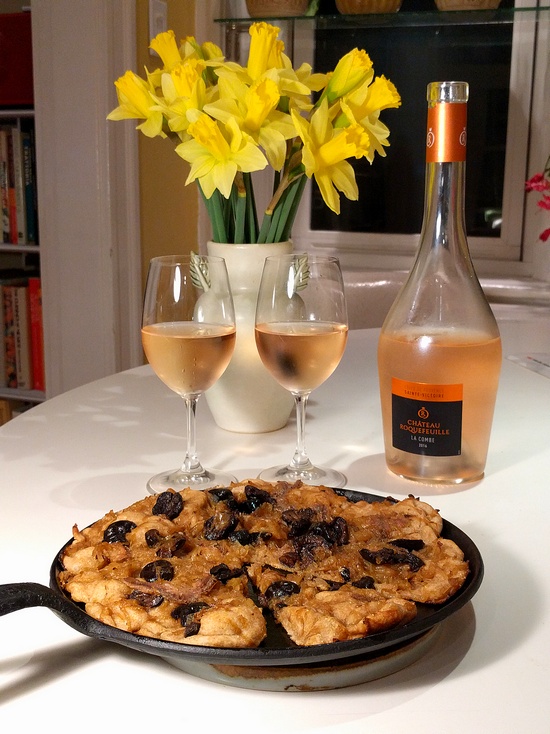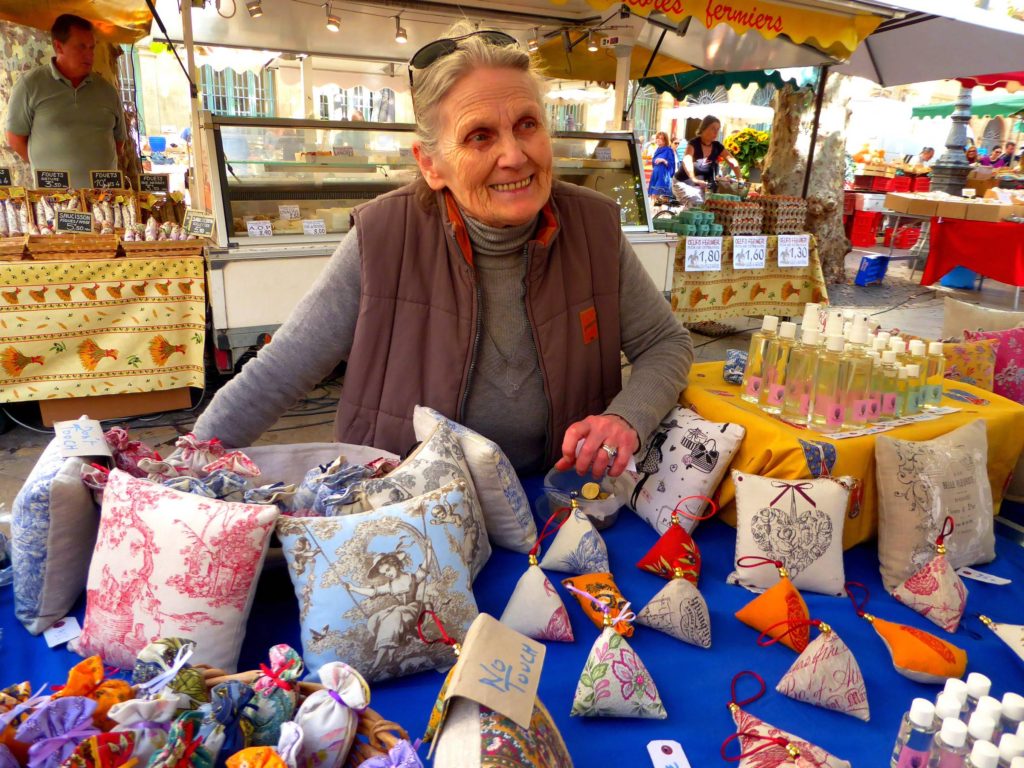
The lavender lady of Aix champions the scent of Provence
“This is the 'gold of Provence.'” a lovely older woman exclaimed us as she handed us each a sachet so that we could inhale the minty-floral aroma of lavender. To us, the purple blossoms are the signature scent of Provence. But, according to Béatrice, not all lavender is the same. She insisted that the best is grown in the fields surrounding the ancient fortified village of Sault in the High Vaucluse. She is dedicated to spreading the word. “I want to keep the tradition alive,” the former French teacher told us. “The family has been growing lavender for 400 years. The soil and sun around Sault impart unique flavor.” Béatrice's table at the Tuesday produce market in Aix almost overflowed with sachets stitched from traditional...Read More
